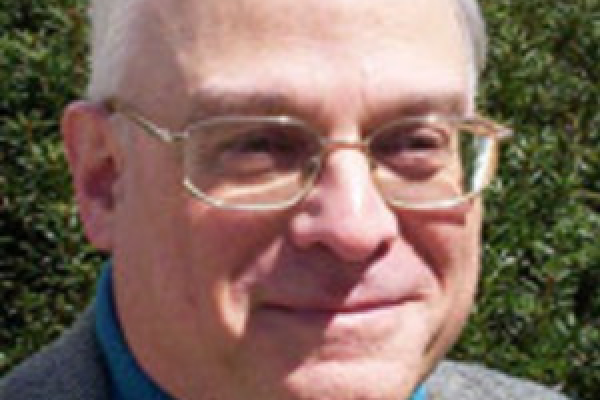
Institute for Japanese Studies lecture series:
"Sangaku Proofs: Japanese Mathematicians at Work in Late 1700s"
Abstract:
From the 17th century onward, in almost every corner of Japan, there were men and women who, regardless of age or class, enjoyed the tradition of Japanese mathematics known as wasan 和算 much as others indulged in tea ceremony, flower arranging, or games like go. Wasan is known to us through manuscripts, books, and dedicatory plaques hung in shrines and temples called sangaku 算額. Although number problems were part of wasan, the best-known and most attractive sangaku postings were geometry problems, which in themselves have come to be referred to as sangaku by non-Japanese scholars who study wasan. These were typically stated with example data and a numerical answer; sometimes the algebra needed to find it was stated narratively. The reader was challenged to verify the answer and/or prove that the method was correct.
Although the most advanced wasanka had recipes for calculations that one would describe today in terms of trigonometry, calculus, and linear algebra, they did not make use of explicit theories of the modern kind but rather found and verified their results through repeated, often highly eleborate applications of what are today called elementary methods.
Prof. Unger will discuss the mathematics of a sample of four sangaku problems he has studied recently and explain how wasan sheds light on culture, education, and society in Edo period Japan and Japan’s adoption of modern technology in the Meiji period.
Co-Sponsors: Institute for Japanese Studies, East Asian Studies Center, Department of East Asian Languages and Literatures, and a U.S. Department of Education Title VI Grant
This event is free and open to the public.
Contact: Janet Stucky Smith | Institute for Japanese Studies | stucky.7@osu.edu | 614-292-3345 | http://easc.osu.edu
